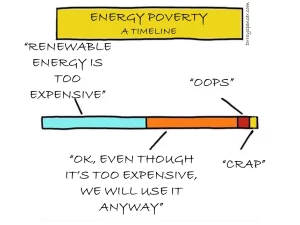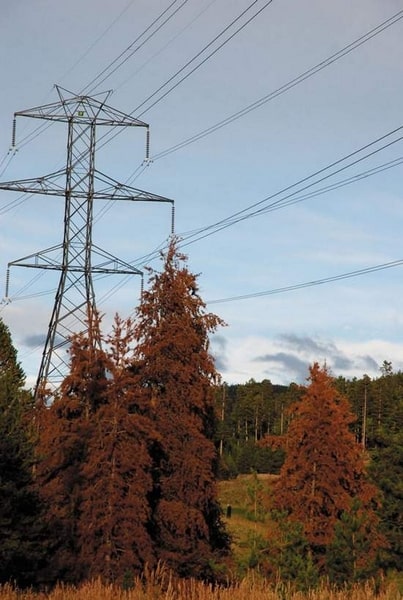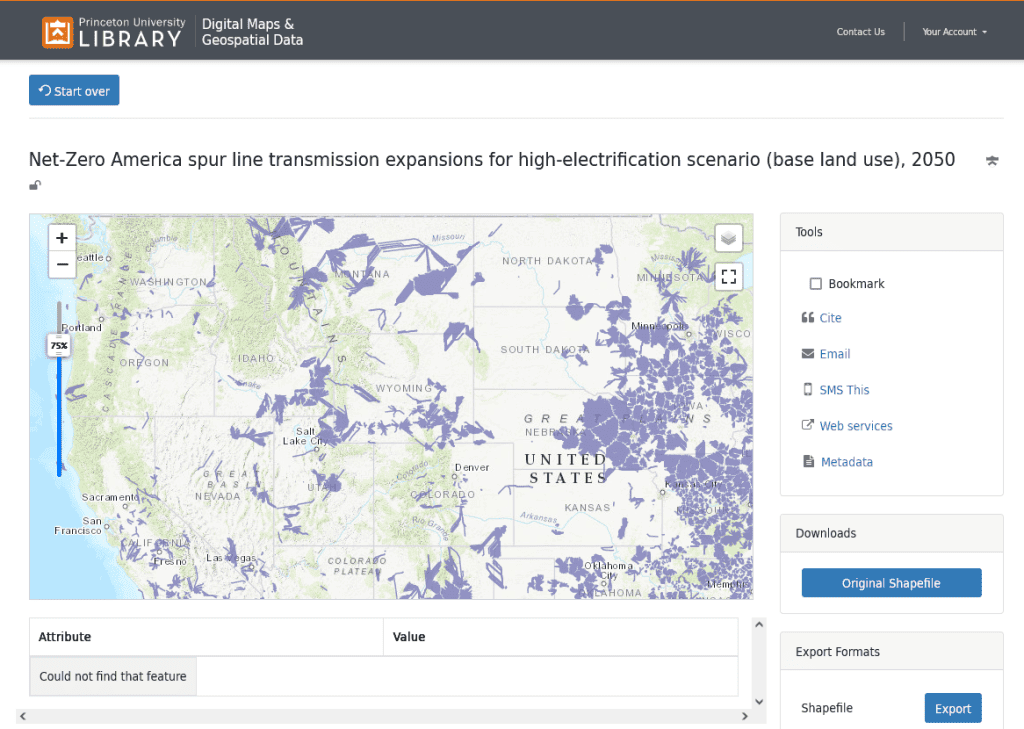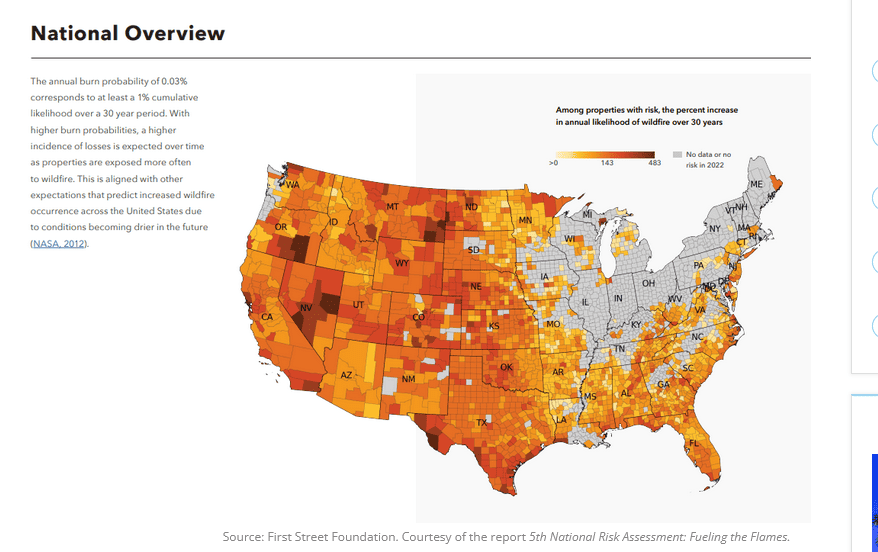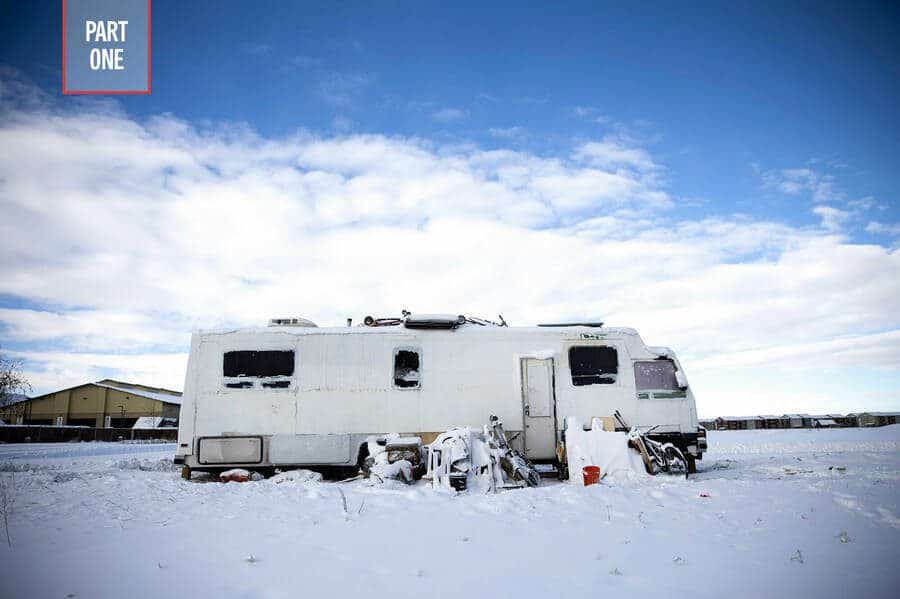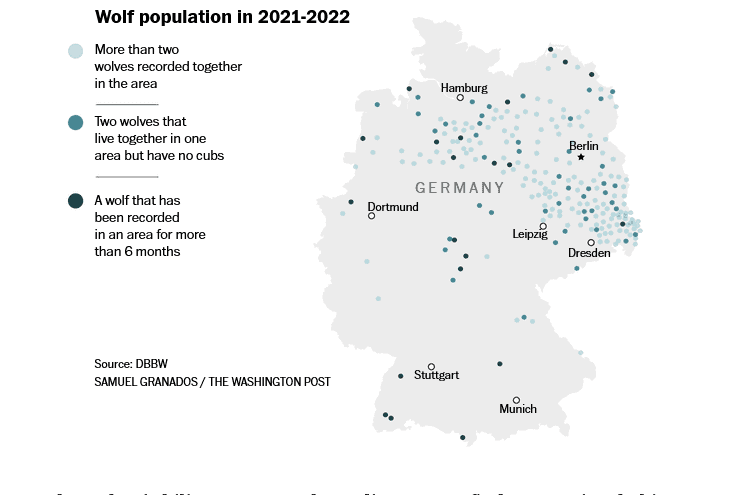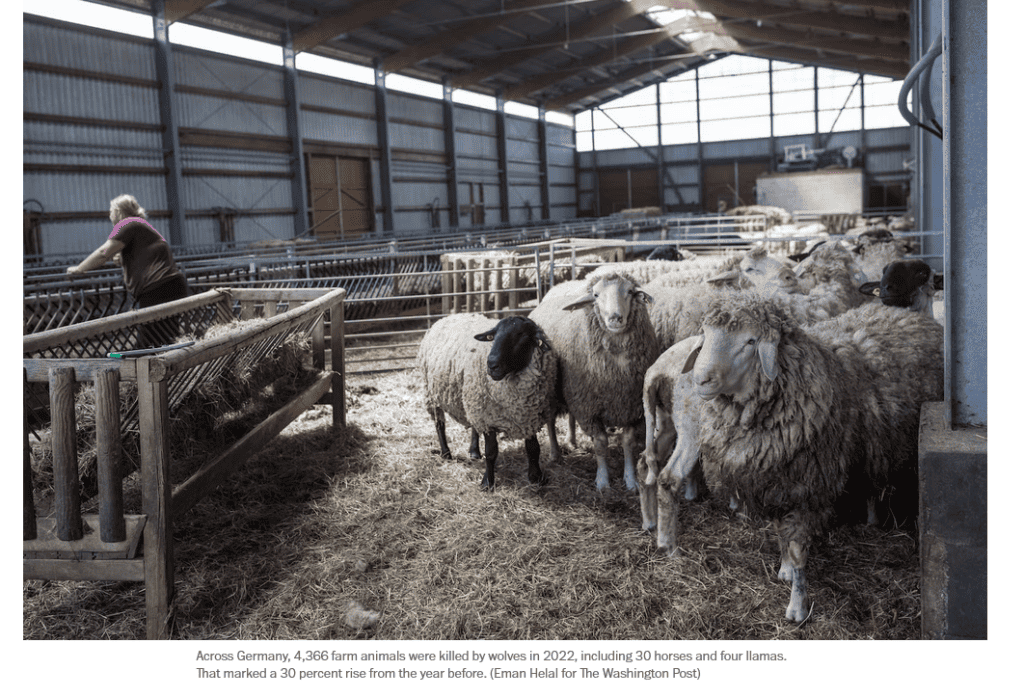Scott Streater had an interesting article in E&E News yesterday about a new BLM policy on e-bikes.
The Bureau of Land Management is clamping down on the use of electric bikes in areas where motorized, off-highway vehicles are prohibited — concerning some outdoor recreationists but pleasing conservation groups worried about protecting natural resources.
At issue is BLM’s instruction memorandum, dated Aug. 1 and sent to all field offices, that walks back a Trump-era rule exempting e-bikes from off-road vehicle regulations, thus allowing them to be used in some cases on backcountry trails and other areas where motorized transport is generally prohibited.
BLM says in the latest memo that when it comes to authorizing the use of e-bikes in certain areas — such as on remote mountain and backcountry trails — it warrants the bureau taking a more “cautious approach” to regulation than what was outlined in the 2020 rule.
Specifically, the memo signed by Thomas Heinlein, assistant director of the National Conservation Lands and Community Partnerships directorate, requires BLM state, district and field offices to obtain his department’s approval “before using the e-bike rule to exclude e-bikes from the definition of off-road vehicle” or before authorizing “e-bikes on trails on which motorized vehicles are otherwise prohibited.”
Doing so “will allow BLM leadership to carefully consider the issues raised by application of the rule in site-specific circumstances,” the memo says. The directorate “is better situated than individual state, district, and field offices to monitor new research on impacts and the compatibility of e-bike use on public land,” the memo says. It calls for the directorate to stay current on “relevant research” on e-bike use in the event that future studies indicate “e-bike use results in different — and potentially greater — impacts than what was assumed when the BLM promulgated the e-bike rule in 2020.”
The instruction memo requirements do not apply to people with disabilities who request “to ride an e-bike on trails where mechanized use is allowed and off-road vehicle use is otherwise prohibited,” it says.
************
So going to the memo itself..
Moreover, the National Conservation Lands and Community Partnerships Directorate is better situated than individual state, district, and field offices to monitor new research on impacts and the compatibility of e-bike use on public land. To that end, the Directorate will monitor the status of relevant research. Staying apprised of recent developments will allow the Directorate to know whether new research indicates that e-bike use results in different—and potentially greater—impacts than what was assumed when the BLM promulgated the e-bike rule in 2020.
What’s interesting about this to me is the idea of running certain decisions through Headquarters and requiring a centralized approval. A person could argue that a centralized office would be better able than a field office to monitor “relevant research” on just about anything.
Second, it may be difficult for the BLM to enforce critical aspects of the e-bike rule. Under the rule, an e-bike can be excluded from the definition of off-road vehicle and, therefore, allowed on trails where off-road vehicle use is otherwise prohibited, only when the electric motor is not exclusively propelling the e-bike for an extended duration. Despite language in the rule’s preamble asserting that such enforcement challenges are not unique, this limitation, which is intended to help keep speeds down and prevent riders from venturing too far into the backcountry, may be difficult to police on remote, non-motorized trails.
I wonder if scarce BLM law enforcement resources are best employed checking to see that bikes are e-bikes or not on trails. But if there’s no enforcement people on remote non-motorized trails, it really doesn’t matter exactly what the rules are.
Conservation groups praised the move, saying it’s needed to ensure that increased public access to more remote areas afforded by the motorized bikes does not trump resource protection. “We are pleased the BLM is taking this issue seriously and recognizes that a ‘cautious approach’ is needed in managing e-bikes, particularly e-mountain bikes, on public lands,” Judi Brawer, a wildlands attorney at the Southern Utah Wilderness Alliance, said in a statement. Brawer said that adding motorized mountain bikes “to already crowded trails necessitates the caution and further study provided for in this new guidance.”
So the problem is too many people? And yet the same groups often advocate for “protection” designations based on the fact that they attract more people and revenue to gateway communities.
I asked Scott which conservation groups exactly, and he replied in an email: “SUWA. Sierra Club, PEER, Pacific Crest Trail, Backcountry Horsemen Association, some hiking conservation group whose name escapes me.”
I guess there’s two questions for me here.. if you don’t trust District Managers to make the right decisions, why start with e-bikes? One of my contacts pointed out that centralizing decisions like this was considered to be bad during the Trump Admin, and the local folks were thought to be better at making decisions. And so it goes…

